Individuelle Komponenten für ein Regal nach Bedarf
– August Bach –
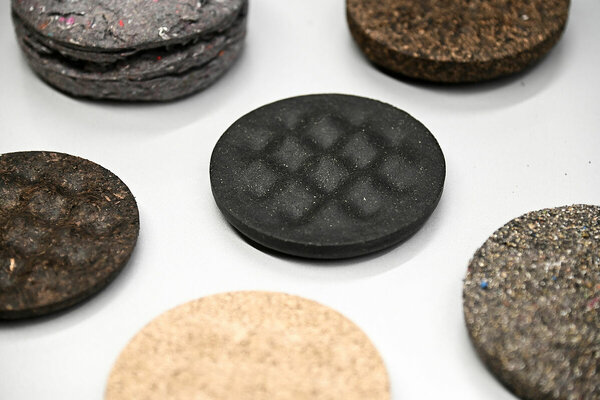
Individuelle Komponenten für ein Regal nach Bedarf
– August Bach –
Das Konzept "Verlagerung" ist ein flexibles Regalsystem, das bestehende Konsumpraktiken aufbricht und auf sie Rücksicht nimmt. Es besteht aus stabilen Papp-Elementen für Böden und Streben sowie langlebigen Verbindungselementen aus Metall und Kunststoff. Die Pappteile können nach Nutzung einfach im Altpapier entsorgt und recycelt werden, während die langlebigen Komponenten zurückgesendet, geprüft und wiederverwendet werden. Der Zusammenbau erfolgt werkzeuglos mit einem Cutter zur Anpassung der Maße. So passt sich das Regal jeder Raumsituation an und kann bei Bedarf verändert werden. "Verlagerung" bietet eine umweltfreundliche Lösung für moderne Wohnbedürfnisse, indem es Ressourcen schont und eine verantwortungsvolle Nutzung leicht macht.
The “Verlagerung” (Displacement) concept explores alternative ways to organize living space through shelves, sideboards, and similar furniture. It takes into account conventional usage patterns and demonstrates how damage can be reduced by adapting materials to their expected duration of use. The common practice of replacing furniture with cheap products from furniture retailers has led to increasingly shorter lifespans for many pieces of furniture. This, in turn, presents a growing problem as elaborately manufactured, non-recyclable furniture increasingly needs to be disposed of. The “Verlagerung” furniture piece addresses exactly this issue.It consists of two main components: short-lived elements, such as shelf boards and supports made from recycled cardboard tubes and panels, which are efficiently produced in large margins, and durable connecting elements - compact components made of plastic and metal that can be specifically reused or recycled. The concept takes into account the different lifespans of these materials. The durable connecting elements can be easily returned once users‘ living circumstances change and the furniture piece is no longer needed. This is done with the motivation of receiving a refund for a portion of the original purchase price. The bulky cardboard parts, on the other hand, can be easily disposed of in paper recycling. After disposal, the cardboard elements are collected and recycled. In recycling facilities, they are dissolved in water, cleaned of impurities, and processed into new paper pulp. This pulp is then formed into new paper sheets, dried, and reused - for example, in the production of new boxes or cardboard tubes. The durable components made of polypropylene and steel undergo functionality and wear testing after being returned. If they are still usable, they are put back into distribution to maximize their service life. If the parts are too worn out to reuse, they are sorted by material type and recycled. This way, the higher manufacturing effort for these components is amortized through a longer overall lifespan and reduced CO2 emissions. A key advantage of the “Verlagerung“ shelf is its high adaptability. Assembly requires only a utility knife to cut the cardboard parts to the desired size. The system allows for continuous adjustment in height, width, and length, making it flexible to adapt to various spatial situations. Furthermore, users can subsequently reduce or expand the shelf within the same period of use by cutting boards and tubes again. The name “Verlagerung“ carries a double meaning. It refers both to the spatial flexibility of the furniture piece and to the structural shift in production and consumption processes. The concept reflects existing consumption habits that contribute to throwaway culture without trying to fundamentally change them. Conventional mass production is designed to generate high sales through trends, advertising, and price reductions - which inevitably leads to premature furniture disposal. The “Verlagerung” concept cannot break this mechanism, but it offers a way to reduce the associated loss of resources and energy. At the same time, the concept raises fundamental societal questions: Is this the only viable way to account for early disposal by using inherently short-lived but energy-efficient materials, or are we ready to change our consumption habits to overcome throwaway culture? Is it realistic to aim for a return to durable furniture designed to last for generations? How can industrial manufacturing processes be made more sustainable without conflicting with economic interests? Thus, “Verlagerung” is not just a furniture concept but also represents directional decisions about how we as a society can think about circular economy in connection with fast-paced and dynamic lifestyles.

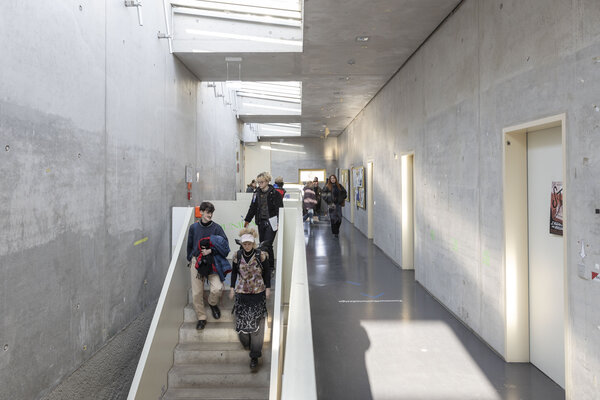
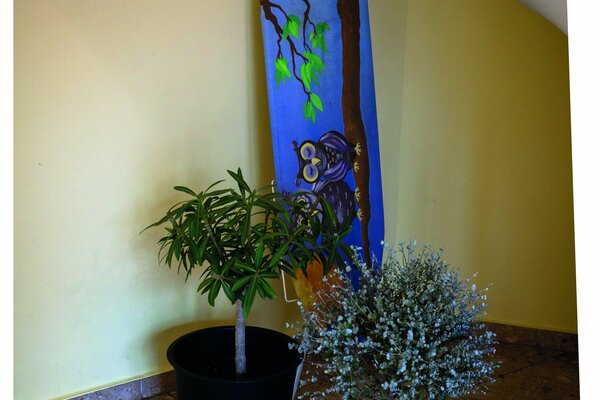
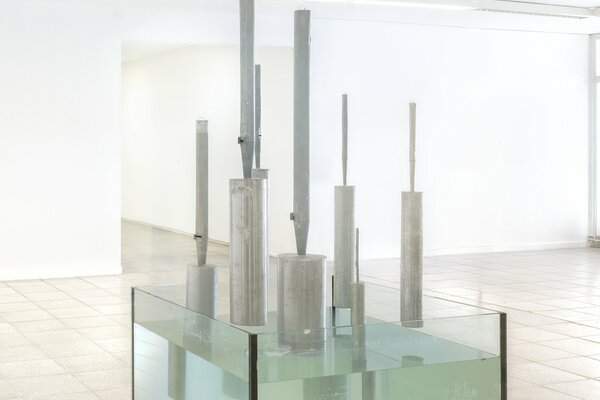
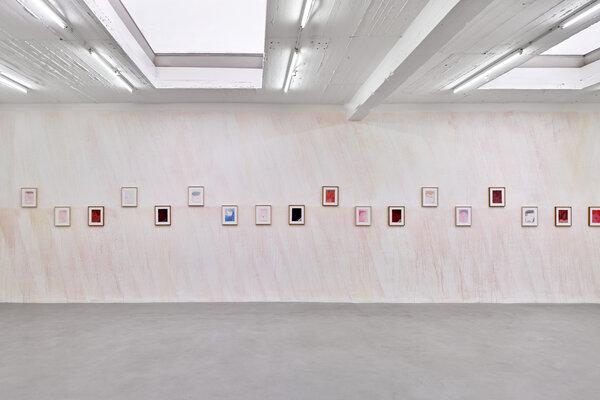
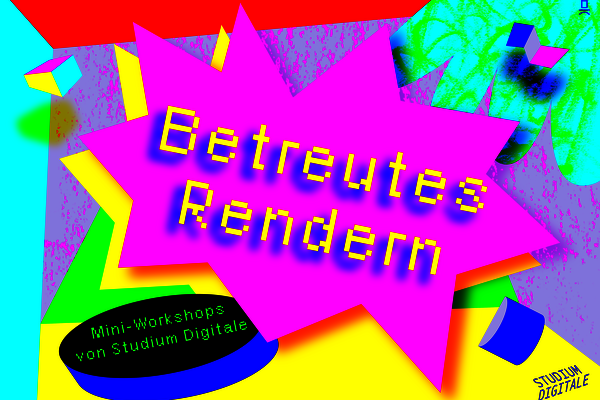
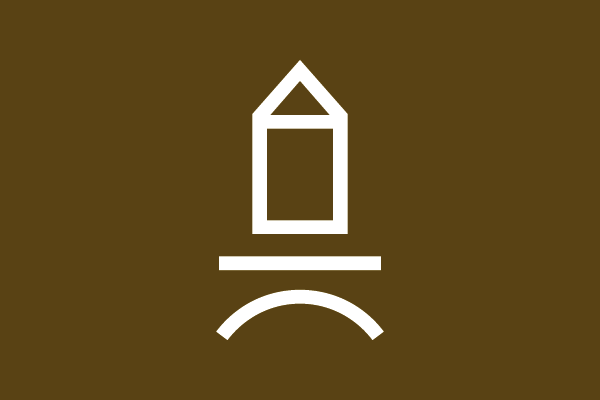
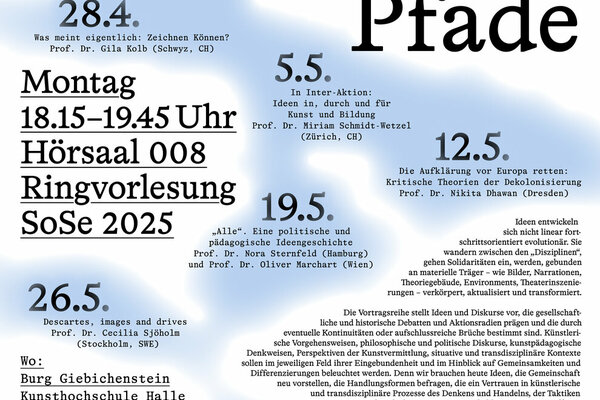
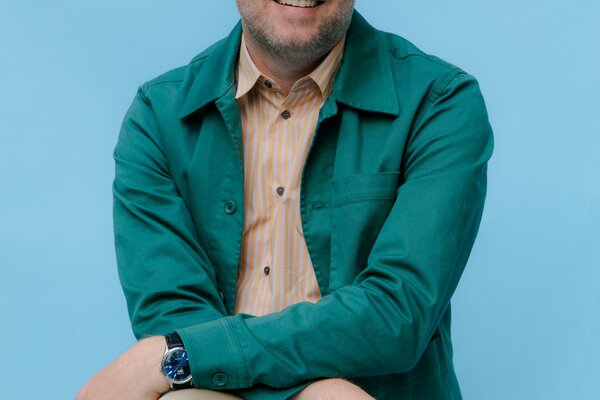
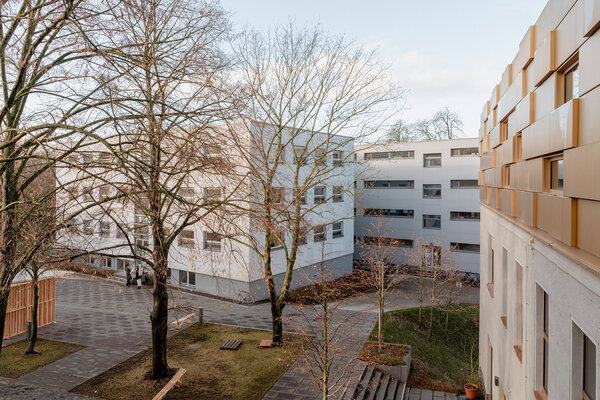
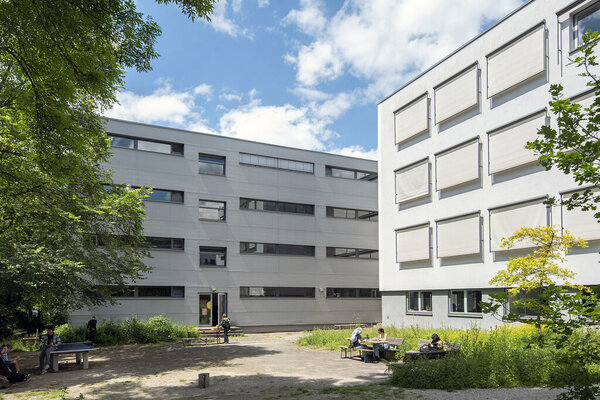
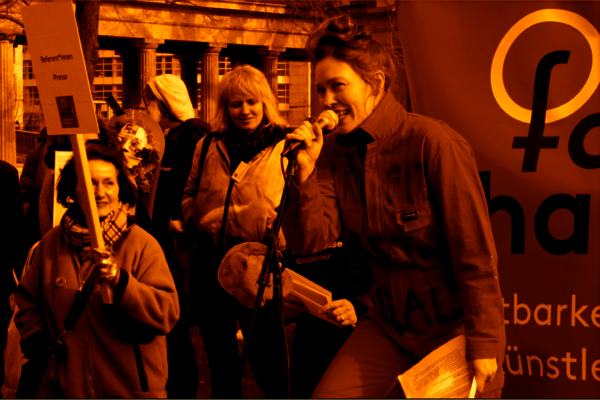




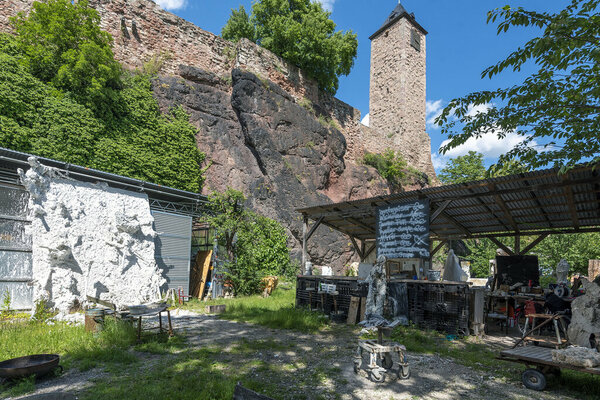
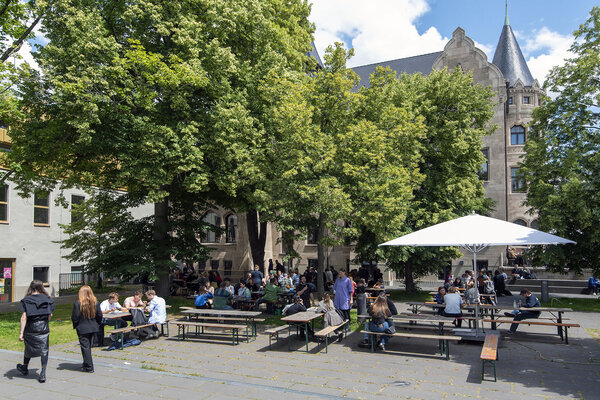

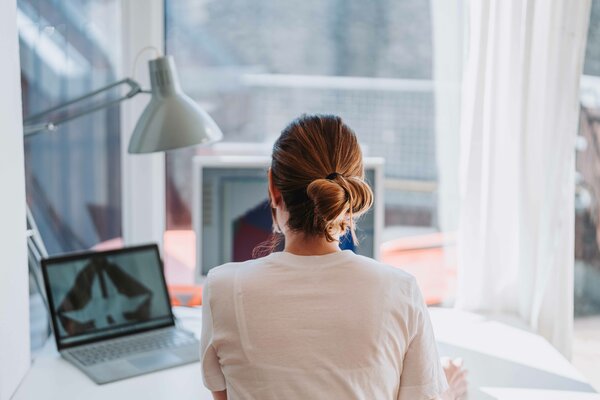

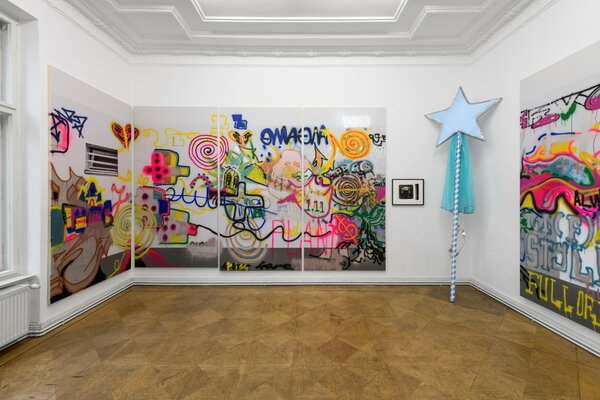
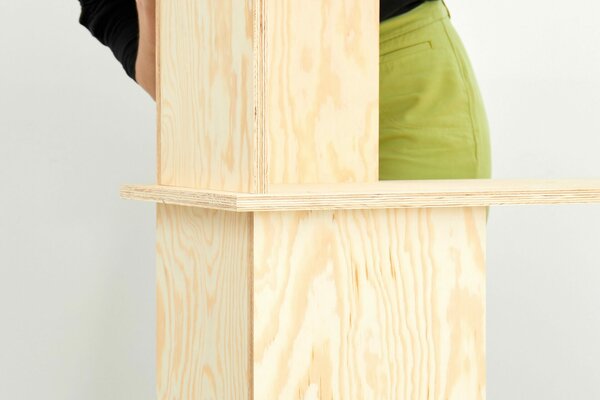

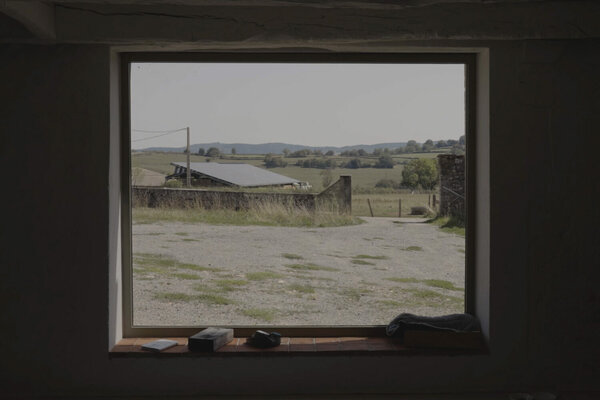


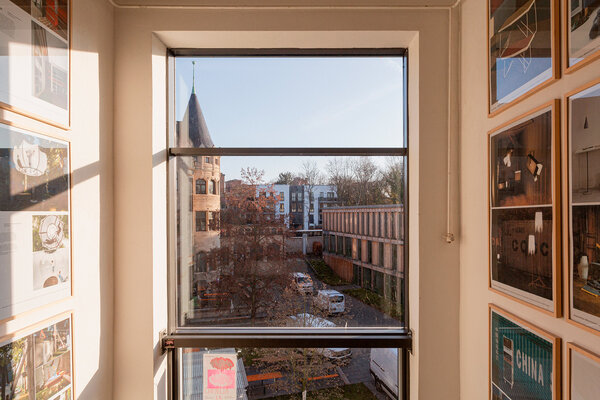
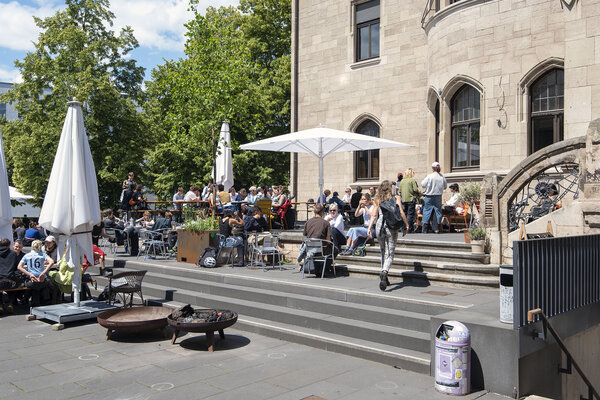

entstanden im Projekt Sorry, we are open!